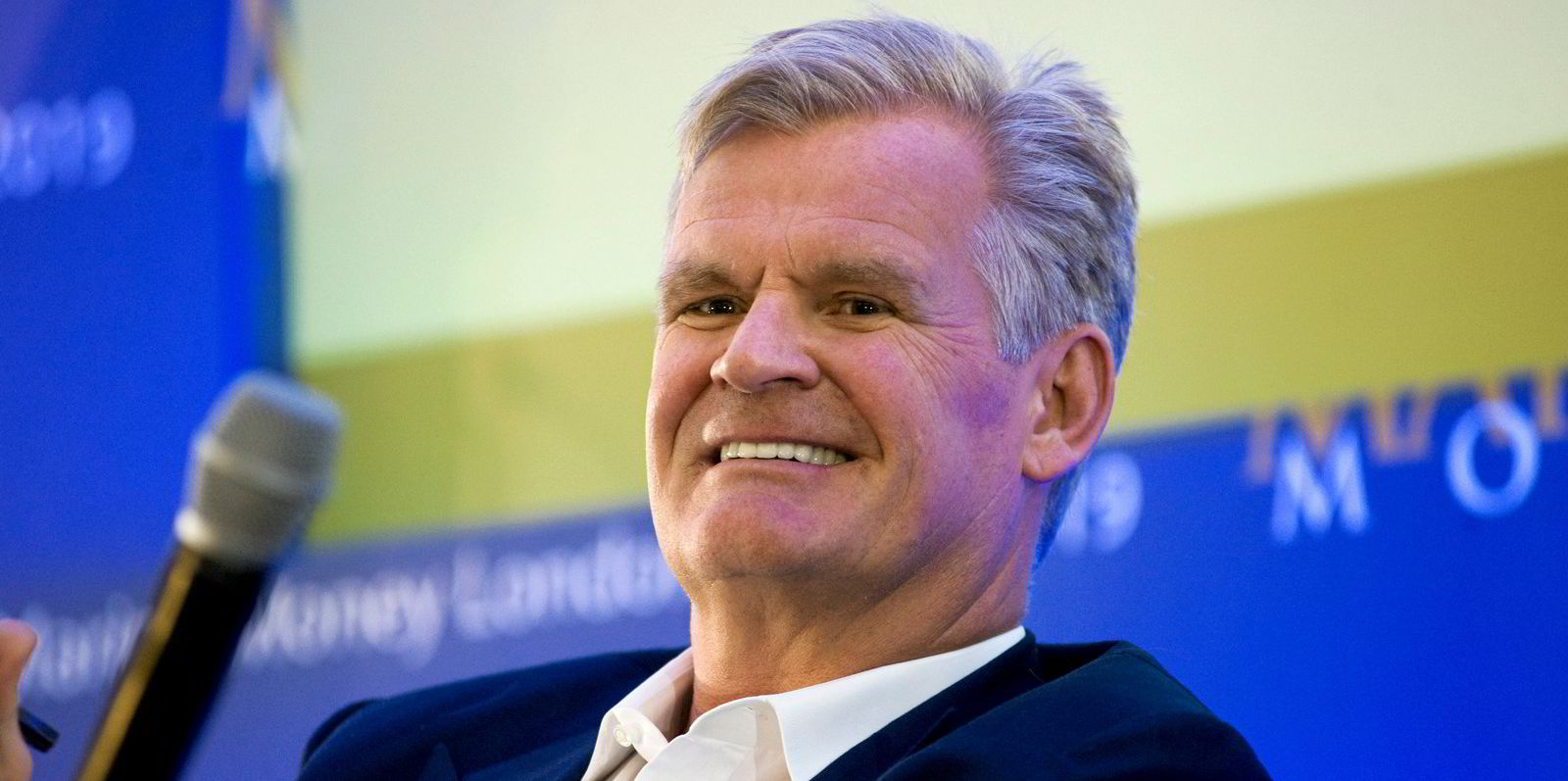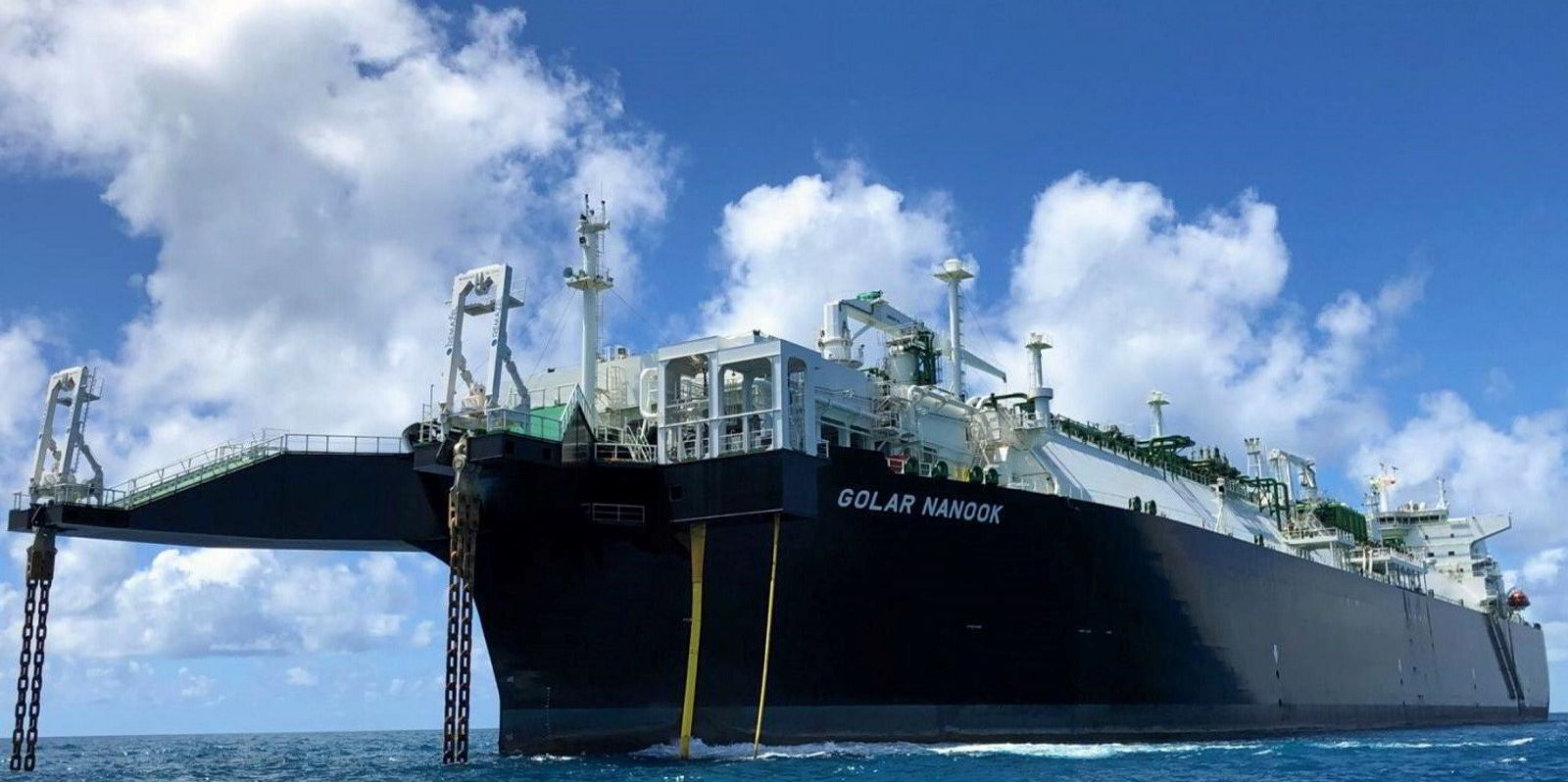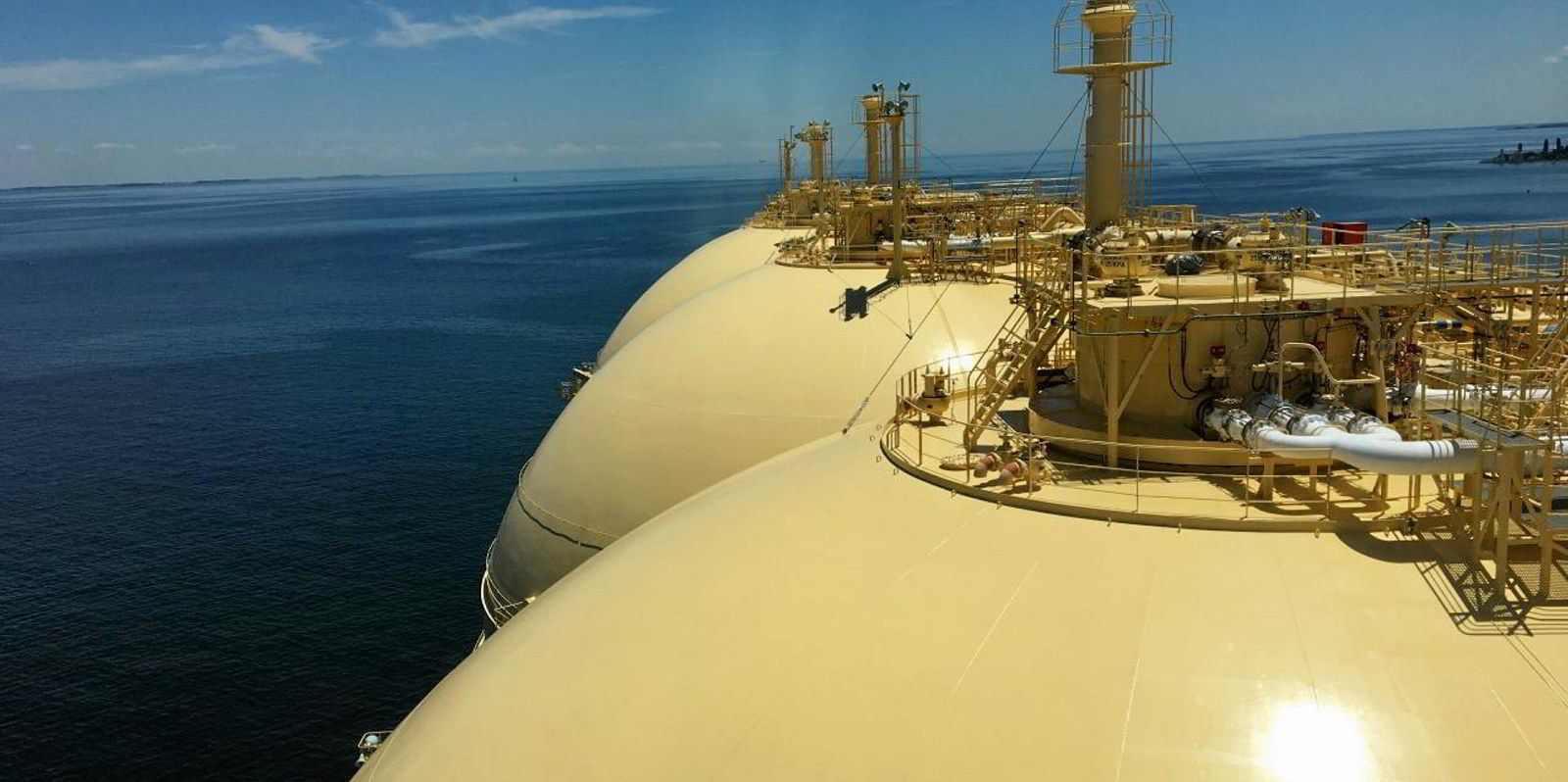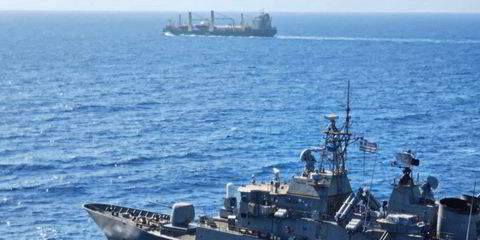Tor Olav Troim-controlled Golar LNG plans to increase its upstream exposure and is considering spinning off its floating LNG business.
Announcing its fourth-quarter results on Thursday, Golar said it will work on development opportunities for new FLNG projects for its Mark I conversion and Mark II newbuilding designs, while refining a Mark III version with South Korean yards for a unit of 3.5 to 5 million tonnes per annum.
“Smaller-capacity solutions based on modular production technology that offer the prospect of a significantly shorter lead time to first production will also be explored further,” Golar said.
Spin-off potential
“Golar will also explore opportunities to separate the FLNG business,” the company said, adding that “the board is of the opinion that there is also significant hidden value in this business segment”.
Golar said it is also hoping to expand throughput from its Hilli Episeyo FLNG unit in Cameroon, which has offloaded its 52nd cargo, from 2022. Golar has invoiced the unit’s charterer for $8m to cover overproduction from the unit in 2019 and 2020.
The company said its under-conversion Gimi FLNG unit is set to start a fifth dry dock in Singapore this quarter and is currently on time and budget.
Golar indicated that it is refocusing on FLNG — a strategy that it unveiled in 2016 under its OneLNG joint venture with Schlumberger. But it said that at that time, the collapse in oil and gas prices pushed it to focus on its downstream business.
Simplifying and strengthening
Golar LNG reported a 28% increase in its net loss for 2020 at $272.2m, up from $212m a year earlier.
Revenue for the year slipped 2% to $438.6m, down from $448.8m in 2019.
But Golar said the sale of its downstream business under Hygo Energy Transition and Golar LNG Partners to New Fortress Energy (NFE) will help simplify its group structures and strengthen its balance sheet.
The sale will generate $131m for the company to add to its $128m of cash in hand and a further $37m released from the sale of its 140,000-cbm floating storage and regasification unit LNG Croatia (built 2005) this quarter.
Golar said that this, together with 18.6m of NFE shares — currently valued at $910m — mean it is well positioned to refinance its 2022 maturing convertible bond, complete all capital expenditure obligations and target attractive growth prospects.
Shipping strategy
Golar said its fourth-quarter average daily time-charter equivalent (TCE) earnings for its fleet were $48,800.
The company said its shipping results were “adversely impacted” by waiting times ahead of longer-term charters and a mechanical failure on a spot vessel, which reduced its ability to capitalise on the stronger winter shipping market.
Fourth-quarter fleet utilisation was also down at 77% over the 80% achieved in the previous three months and the 90% logged in the fourth quarter of 2019.
Golar said approximately 77% of 2021’s available days for its fleet are covered by charter contracts.
The company expects its TCE to be about $60,000 per day on a utilisation of about 90%, based on fixtures to date and the prevailing spot market conditions.
"Golar's shipping strategy will continue to prioritise longer-term utilisation over short-term opportunities,” the company said.










